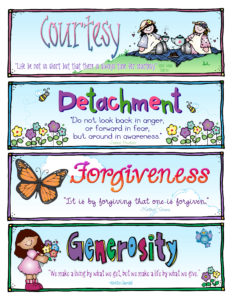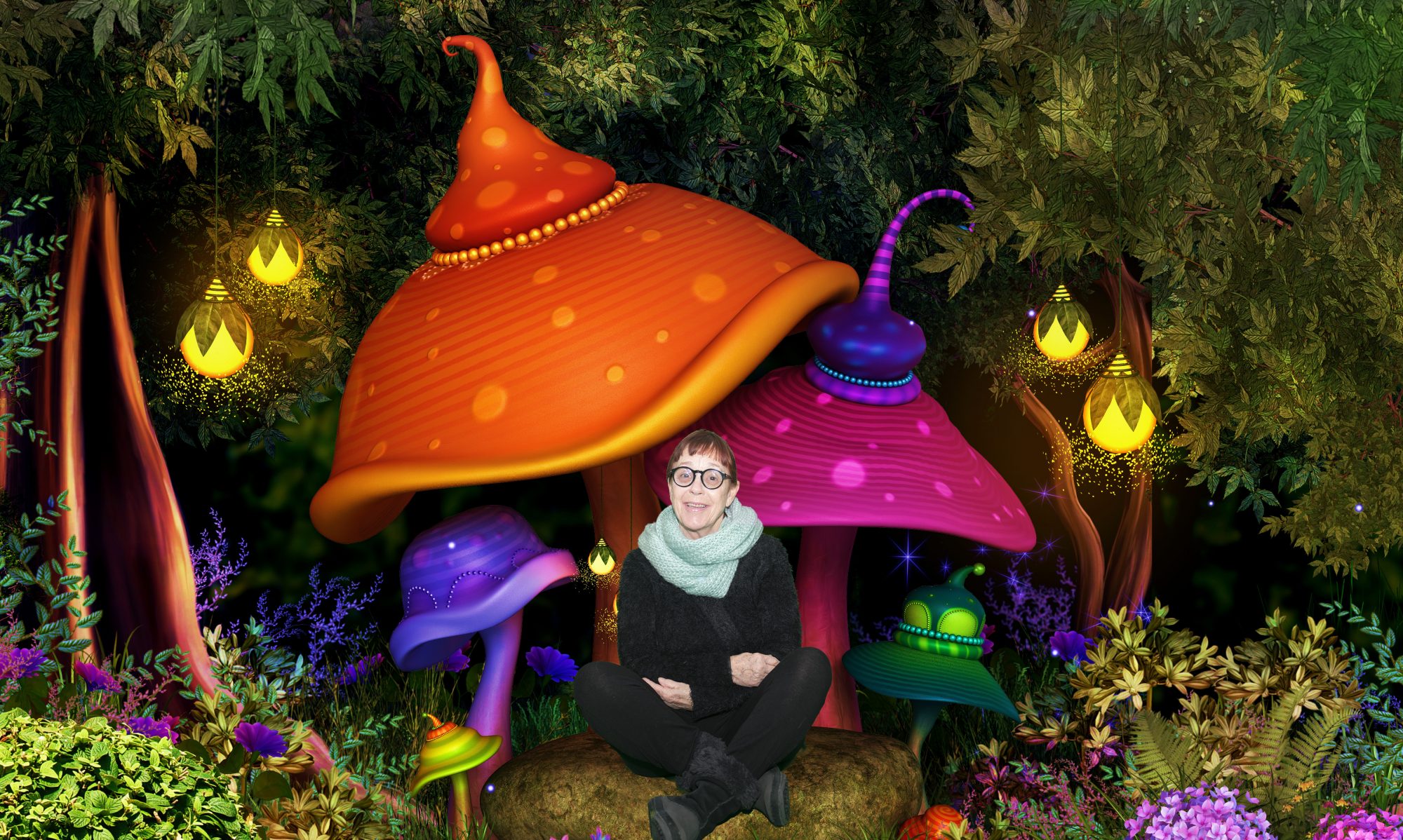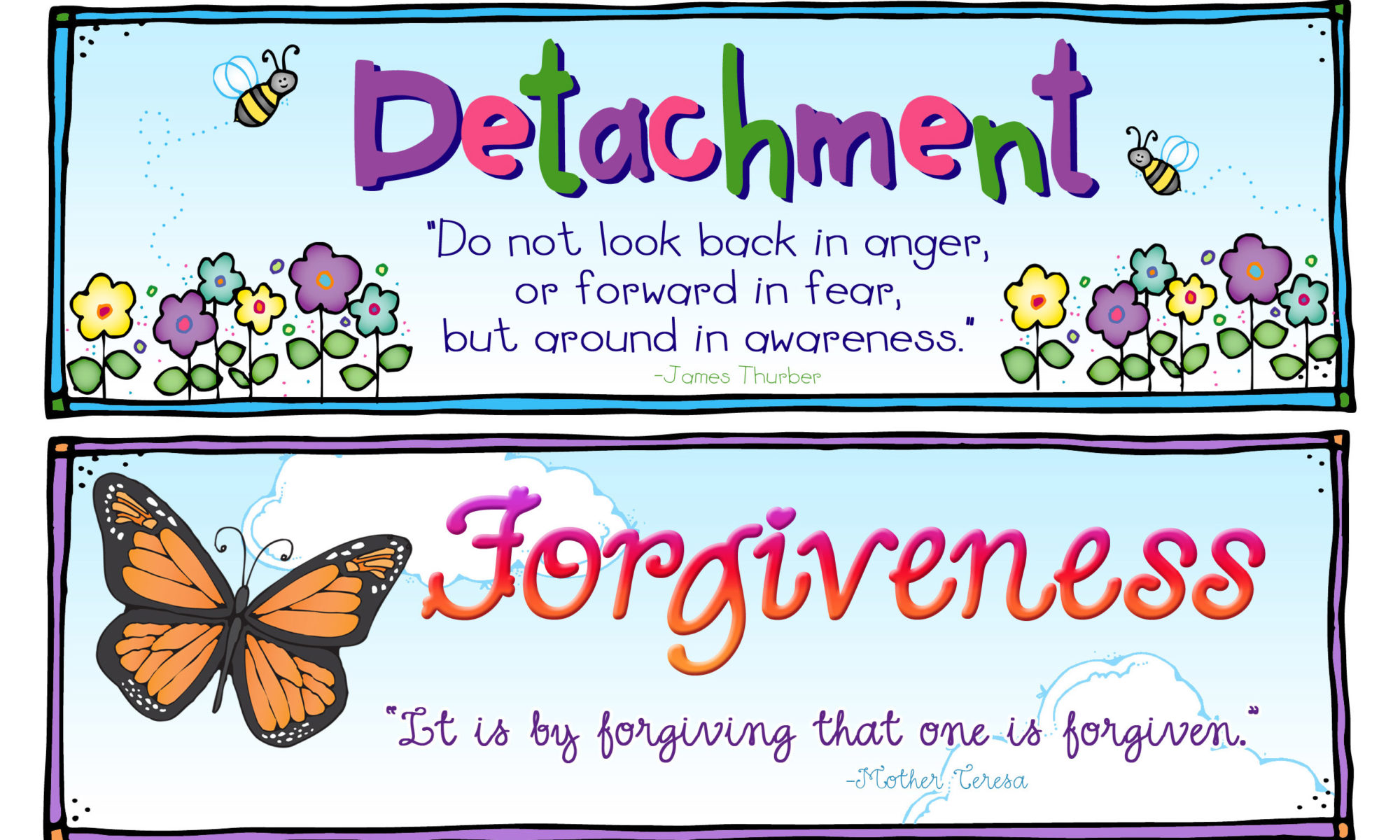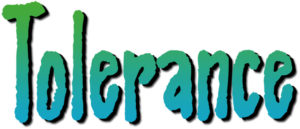 The Virtues Project was founded in 1991 by 3 Canadians, Linda Kavelin-Popov, Dr. Dan Popovand John Kavelin and many organisations and schools are now following this project.
The Virtues Project was founded in 1991 by 3 Canadians, Linda Kavelin-Popov, Dr. Dan Popovand John Kavelin and many organisations and schools are now following this project.
This is a global initiative to increase our practice of virtue in daily life and  hopefully will help all of us to develop value systems that reflect these virtues.
hopefully will help all of us to develop value systems that reflect these virtues.
It has now become a world-wide movement.
Here is a link and explanation of list of the 52 virtues that make up this  program.
program.
http://www.52virtues.com/virtues/the-52-virtues.php
There are so many ways that schools and families can utilise these virtues –
- Choose stories to read that reflect these virtues. There are many! Fairy tales and folktales very often demonstrate these virtues. (or lack of them) Modern day fairy tales such as “Frozen” often do the same and parents can take opportunities as they occur to point these out.
- Choose a target virtue per week or month and brainstorm ways a class or family can develop this.
- When studying famous people in history lessons, point out the virtues many of these people exemplified.
- Each time a child acts in a way that reflects a virtue, point this out to
 encourage them to repeat the behaviour.
encourage them to repeat the behaviour. - Consider starting a VIRTUES JAR and placing a token inside whenever any member of the family or class displays a particular virtue. When the jar is full the whole class or family have a treat such as an excursion, free-time and so on.
- Keep a prominent list of your target VIRTUES in a central place for everyone to see. Children can be asked to illustrate these virtues in art time and this helps them translate them into practical actions.
The important thing is not to become too “preachy” with all this. These virtues  are REAL! They improve our lives and reflect our human yearning to do good, reach for ideals and achieve them. No matter what religion you practice (or don’t) a study of the virtues will add a positive moral dimension to children’s learning and help to develop their characters.
are REAL! They improve our lives and reflect our human yearning to do good, reach for ideals and achieve them. No matter what religion you practice (or don’t) a study of the virtues will add a positive moral dimension to children’s learning and help to develop their characters.


